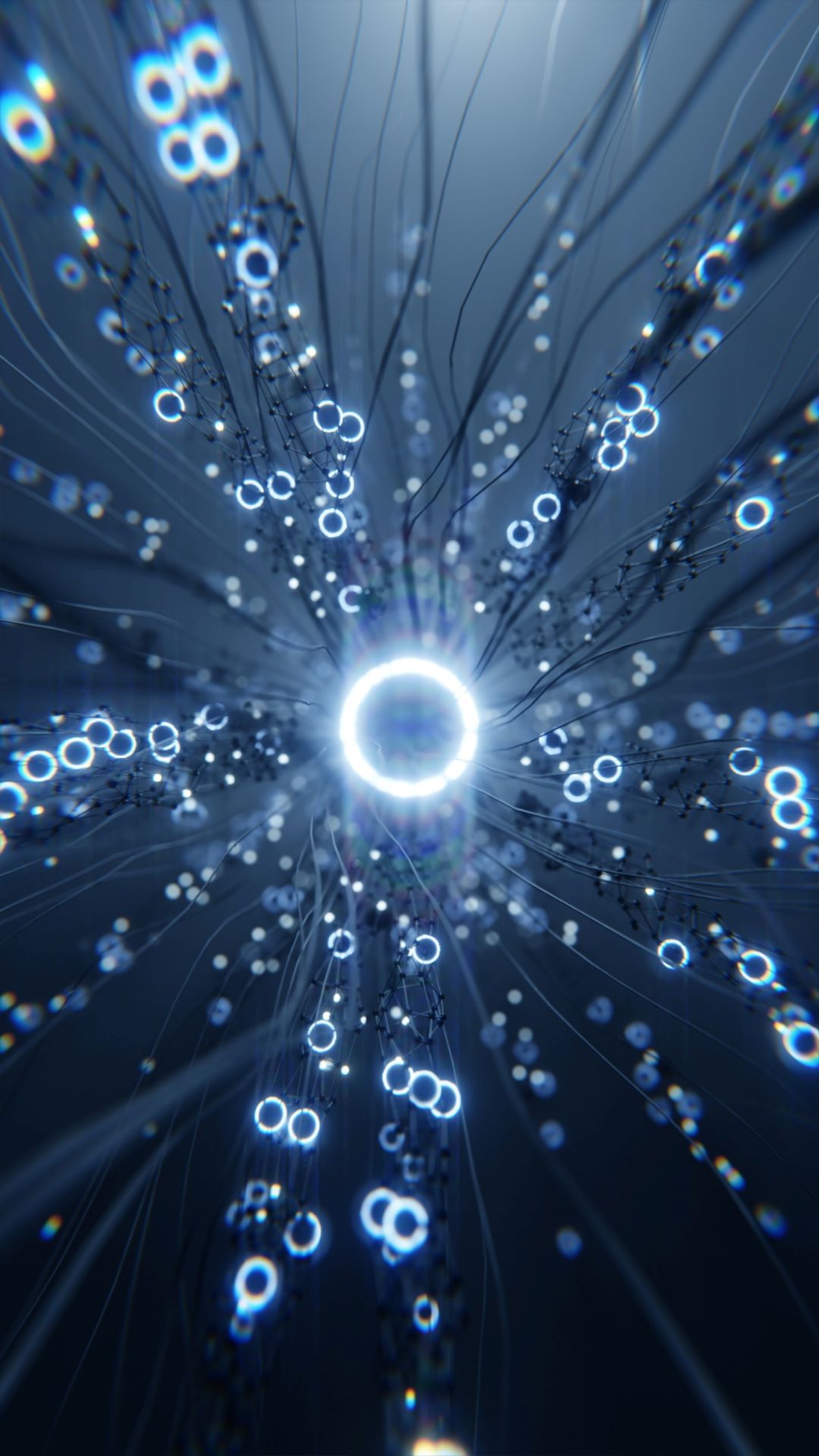The Lamen
Scientists look to “lab-grown” nerve cells to cure Parkinson’s

Parkinson’s is often characterized by the loss of dopaminergic neurons, resulting in its characteristic movement disabilities and tremors. Scientists are now looking to replace these lost nerve cells with lab-grown ones.
Photo: Unsplash
Dopamine cell replacement therapy has been a domain of interest in Parkinson’s treatment for a few decades, evading large-scale success. However, a biotech company recently reported success in easing the symptoms of the neurodegenerative condition with lab-made nerve cell implants.
Details: The California-based biotech company Bayer has reported initial success with the lab-made neurons they implanted in the brains of Parkinson’s patients — with “reduced symptoms for some” patients, as MIT Technology Review noted.
- The small-scale trial involved 12 patients, demonstrating the procedure’s safety. It involved replacing dysfunctional neurons with ones made using stem cells from a lab-grown human embryo.
- One year into the trial, Bayer reported no serious adverse events. The transplanted cells were well-tolerated, surviving and functioning in the brain as intended.
- These dopamine-producing nerve cells are designed to restore the neural networks destroyed by Parkinson’s, noted Reuters.
- Because the researchers couldn’t directly observe these cells once transplanted, they used a radioactive tracer which was then detected through a PET scanner — checking for cell survival.
Parkinson’s disease is a neurodegenerative condition caused by the death of neurons critical for the production of dopamine — a neurotransmitter associated with movement and coordination.
- The loss of dopaminergic neurons causes tremors, rigidity, and slowness of movement — the hallmarks of Parkinson’s.
- Brain imaging studies show that people exhibit presynaptic dopaminergic dysfunction (problems with dopamine-producing nerve cells) before the symptoms of PD ever become apparent.
- However, about 10 percent of PD cases can be linked to inherited genetic mutations.
Patients with Parkinson’s fluctuate between an “ON” state when their symptoms are under control and an “OFF” state which signifies worsening symptoms.
The “ON” and “OFF” states differentiate between motor fluctuations — with symptoms like fatigue, pain, and cognitive deficits worsening during the “OFF” state. These OFF periods are typically triggered when medications wear off, with varying experiences.
- Participants who received a high dose of the lab-grown neurons spent 2.16 hours more in this “ON” state compared with baseline after one year.
- Similarly, they experienced a decrease in the time spent in the “OFF” state, about 1.91 hours.
“The data from this Phase I open-label study are extremely encouraging,” said Claire Henchcliffe, a neurologist at the University of California, Irvine, and one of the study’s leaders. “The hope now is that these trends continue and translate into meaningful benefit for people with Parkinson’s disease in controlled clinical trials,” she added.
Stem cell replacement therapy isn’t a new idea, just a controversial one.
Transplanting dopamine-producing neurons into the brains of Parkinson’s patients has been studied at least since the 1970s. Such transplants were first conducted in the late ’80s, based on a decade of similar studies in animal models.
- Early researchers turned to 6-9-week-old aborted human fetuses for dopamine-producing neurons — using as many as 16 fetuses per patient.
- The transplanted cells died off due to rejection from the body in almost all cases. However, the evidence that some neurons survived gave hopes of a more widely applicable treatment to replace these broken neural networks.
- While some benefited, others experienced “nightmarish” side effects as they “writhed and jerked uncontrollably” — developing disabling movement disorders called runaway dyskinesias.
Meanwhile: Human embryonic stem cell (ESC) research has been plagued with ethical, religious, and political concerns. The fundamental question posed is whether pursuing the cure for serious illnesses justifies destroying early human embryos.
- On 9 August 2001, President George W. Bush placed a ban on federal funding for research on newly created human embryonic stem cell lines. Many viewed this policy as striking a compromise as lines created prior to the date were still eligible for funding.
- The ban was later revoked by President Barack Obama in 2009 — invoking years of discussion on the ethical destruction of human blastocysts and workarounds.
- The only stem-cell replacement therapy currently approved by the FDA is hemopoietic (blood) stem cell transplantation.
What’s next: Bayer is planning to transition into Phase II of the clinical trial, expecting to begin enrolling patients by the first half of 2024.